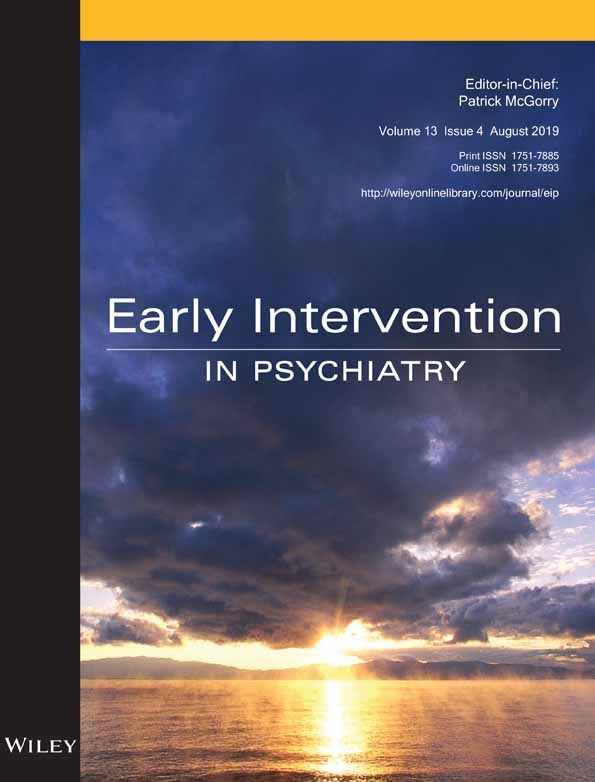Discharges from an early intervention in psychosis service: The effect of patient characteristics on discharge destination
Abstract
Aim
The present study aimed to determine the influence of demographic and clinical features on the likelihood of patients being discharge to primary vs secondary care. The overarching aim of this service evaluation is to assess factors affecting discharge and determine important modulators of discharge destination to inform care planning in services.
Method
Clinical and demographic data were extracted from patient notes of those discharged from the Psychosis Intervention and Early Recovery (PIER) service in Leicestershire between January 2005 and December 2013. A total of 508 records were analysed and logistic regression was used to assess the impact of diagnostic, demographic and other clinical factors on the discharge destination of patients.
Results
Of the 508 patients, 241 (47.44%) had been discharged to primary care and 267 (52.55%) to secondary psychiatric services. The factors which increased the likelihood of patients being discharged to secondary care were diagnoses of enduring psychoses, being referred from inpatient services and longer time spent with the PIER team.
Conclusions
Diagnosis and duration of treatment were significant predictors of discharge destination. Patients with diagnoses of enduring psychotic illness, were more likely to be discharged to a secondary psychiatric service irrespective of gender, ethnicity and geographical location. These data may suggest the possibility to predict the discharge destination when patients are taken on to the caseload of an early intervention in psychosis (EIP) team and have important implications for psychoeducation, preparing the patient for future after EIP and distribution of resources.




